Aerial shot looking into Halawa Valley on the Hawaiian island of Molokai. Visiting here is like getting transported back in time, before high rises and freeways, when Hawaii was just a lush forested volcano. This is the best setting to delve into Hawaiian culture and tradition.
People often ask me, how they can be the most respectful travelers. Especially when visiting a place where native people and traditions still coexist with the spread of globalization. I always tell them that the first thing you can do is to learn the history of the place. Hawaii is a great example of this. This history here is chocked is quite unique, since Polynesians, who discovered the islands as far back as 400AD, had no contact with the outside western world until 1778, when Captain Cook sailed by Kauai on his way North to search for the fabled Northwest Passage.
Since outside contact, Hawaiian's have faced many challenges. The introduction of western diseases, the introduction of kings and queens,the eventual overthrow of the kingdom, the replacement of a barter and trading economy with an economy tied to money, and the replacement of ancient traditions with new world religions introduced by missionaries. For a culture and history that was never written down, kept alive only by stories, the outlawing of the language was possibly the most destructive event. For several generations, Hawaiians were not allowed to speak their native language. After becoming a U.S. state in 1959, people were free to practice whatever religion, and speak whatever language they want. Now there are Hawaiian immersion schools, where students can speak, and learn in their native tongue.
But, after all these challenges, it can be hard to find places to experience the true Hawaiian culture and traditions. But for the determined, there is a seldom visited island, where the culture and traditions can still be found, hidden away in the homes and valleys, far from the glitz and glammer of places like Waikiki. Known as the 'Friendly Isle', Molokai is this place. And it is where we are going to visit today, on a quest to find out what is truly Hawaiian, and what is just 'the show.'
If you are on this same search, and you join the other 1% of the 1% of travelers to the Hawaiian Islands that finds yourself on Molokai, search out the Solotario family, one of the few remaining families living in Halawa Valley. It is the very end of the road, and very much off the grid. The Solotarios have been cultural practitioners, and teachers for generations. I have watched the knowledge being passed on through three generations over the past decade. And I can truly say that spending a day with Greg and his family is bound to be an experience like none other. Luckily for us, the family believes that the Hawaiian culture should be sacred, not secret, so they are willing to share it with outside groups, eager to learn about the real Hawaii.
We were lucky to be walked through the ancient protocol, how to make traditional food, and what its like bring able to say your family has been living in the same family for 50 generations. We definitely went to the source, and we all came away more humble, respectful, and a little more worldly having experienced it. If you ever get the chance, make your way to Molokai and check this out for yourself.
Waves crash into the coves on this hidden valley on the northeast corner of Molokai. A couple of waterfalls can be seen in the far back of the valley.
Morning calm, inside the barrier reef that lines the southern coast of Molokai.
We started our day on the end of the Kaunakakai Pier, the longest pier in Hawaii.
We hooked up with a local family who lives in Halawa Valley on Molokai, for a day of culture and traditions. We wanted to immerse ourselves into all things Hawaiian, and found the perfect cultural practitioners and teachers in the Solotarios. Here Devek blows on the pu (conch shell), to announce our arrival, and state our intentions, as we come into the valley.
Perhaps the most important traditional Hawaiian food is poi. Poi is mashed taro root, which turns into a purple paste. Usually when you find poi it is quite watery, but Greg makes it with very little water, and it becomes like dough. He says this is called paiai, instead of poi.
Poi pounding stones, used and handed down for nine generations, were passed around. Greg says that culture is best learned through touch, taste, see, smell....as opposed to just reading it in a book.
Margaret learns how to be the gift presenter. Good thing she has the lucky ti leaf lei on for this.
Nana ike kumu. It is a Hawaiian saying that means 'Go to the Source.' Greg's family has been living in the valley for 50 generations. He is the one you want to tell you stories and history of this place. Here he shows us a map of known farms, walls, buildings, temples, graves, and more, that the forest has covered in the last hundred years.
Greg sets up for his poi pounding demonstration. We learned about the importance of the kukui nut leis, and how the Hawaiian people connected with the world around them.
Freshly harvested taro root, just out of the steamer, ready to be pounded.
Folks getting their first taste of poi.... they look dubious.
At this point in the day, everyone is in it to win it, when it comes to trying new things and diving into the Hawaiian culture.
Ti plants line the road into the family's place. Ti is used to ward off evil spirits, so is often planted around households.
A shrine, dedicated to the last resident of the valley, who was born and raised in the valley.
We spent our lunch break exploring the coastline. What a backdrop!
This was one of my favorite views in the valley. The river winds around a bend here before meeting the ocean. It comes from the waterfalls way in the back of the valley, just barely visible in the photo.
A ring of light? Who knew that is what the Hawaiian's believed a kukui nut lei represented?
Dave plays host to a new little canine friend while we learn.
Most things have a spiritual and physical meanings in Hawaii. The kukui nut can represent spiritual light, or enlightenment. But it can also make real light. Here we demonstrate making an ancient Hawaiian candle.
Enjoying a picnic lunch on the beach at Halawa Valley, Molokai.
And as always, keep traveling.
-Dai Mar
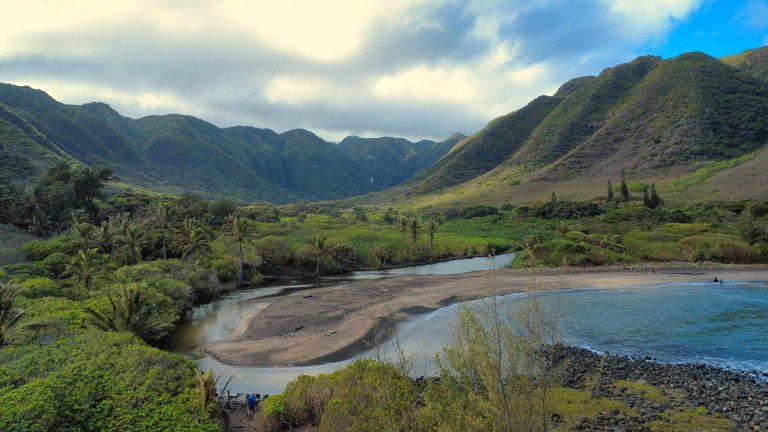
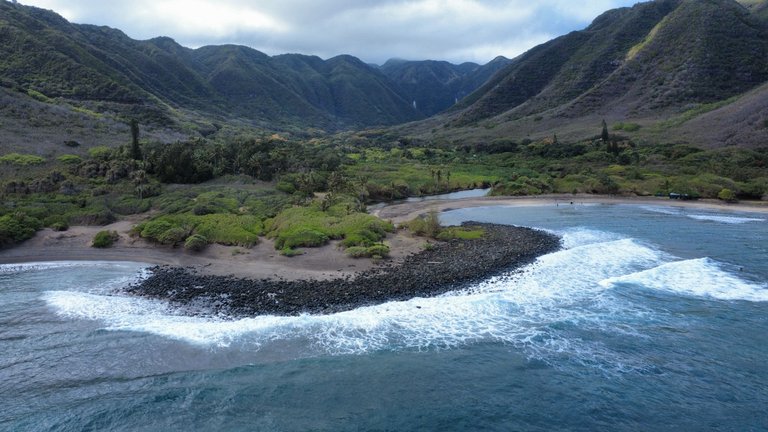
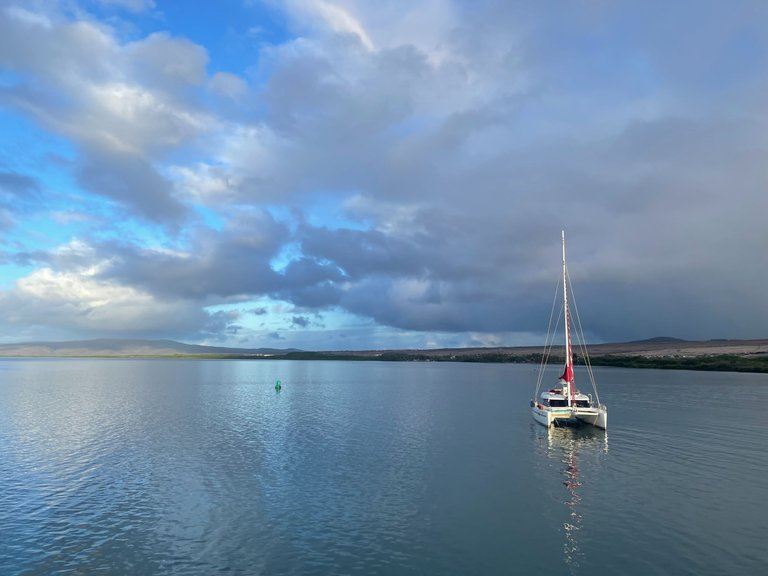
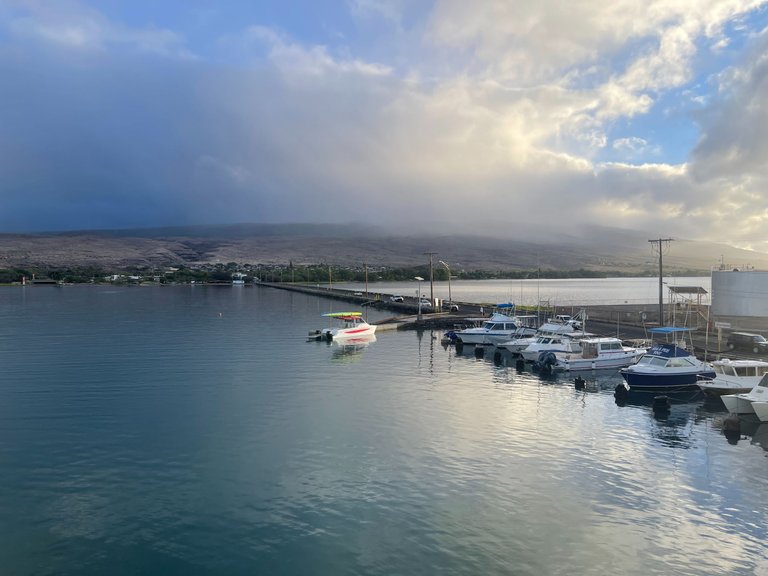

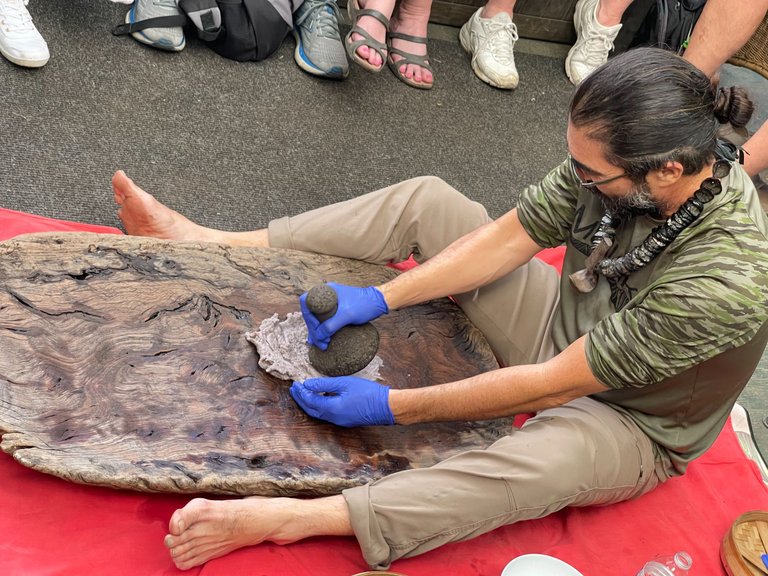
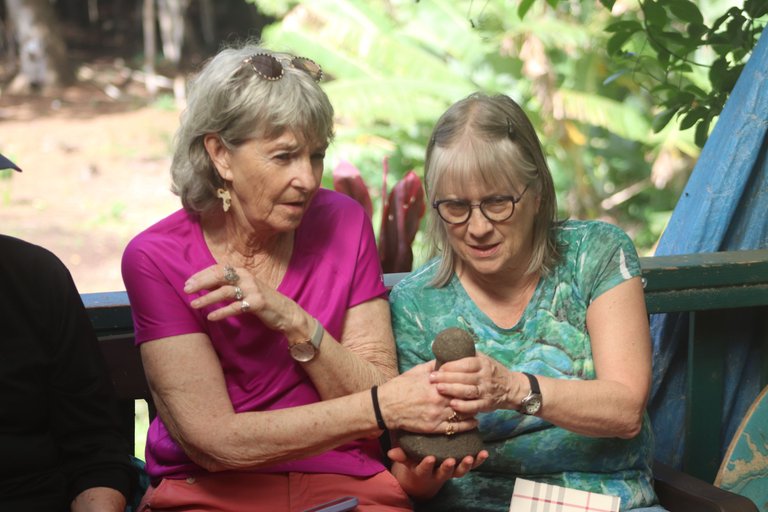
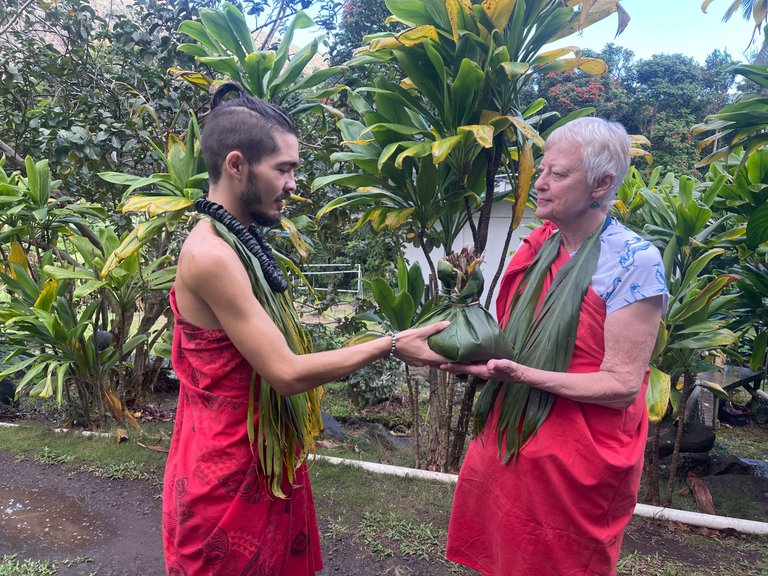
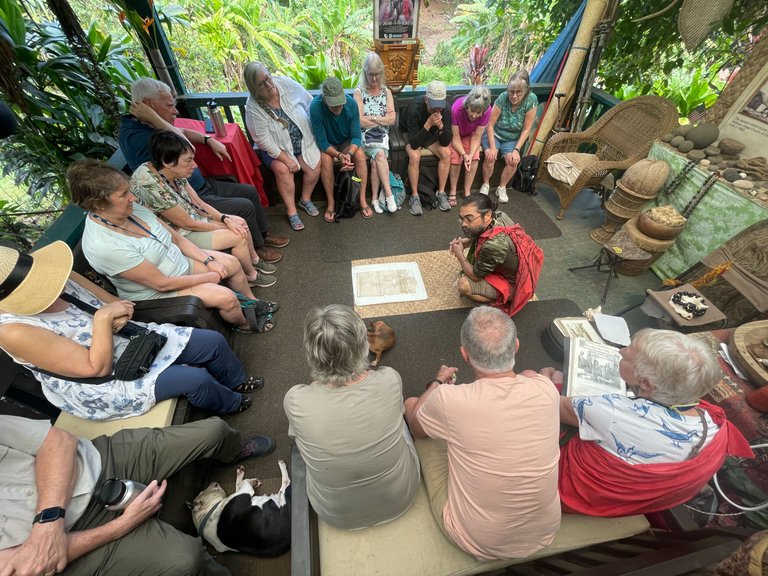
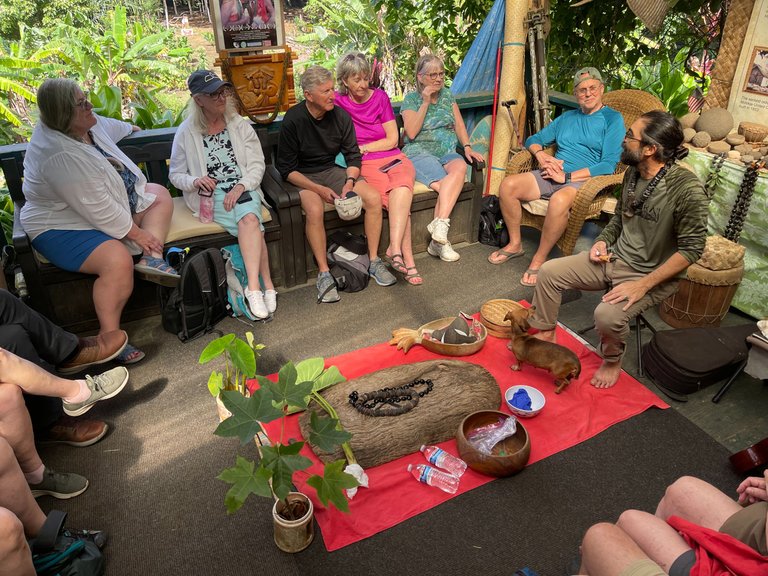
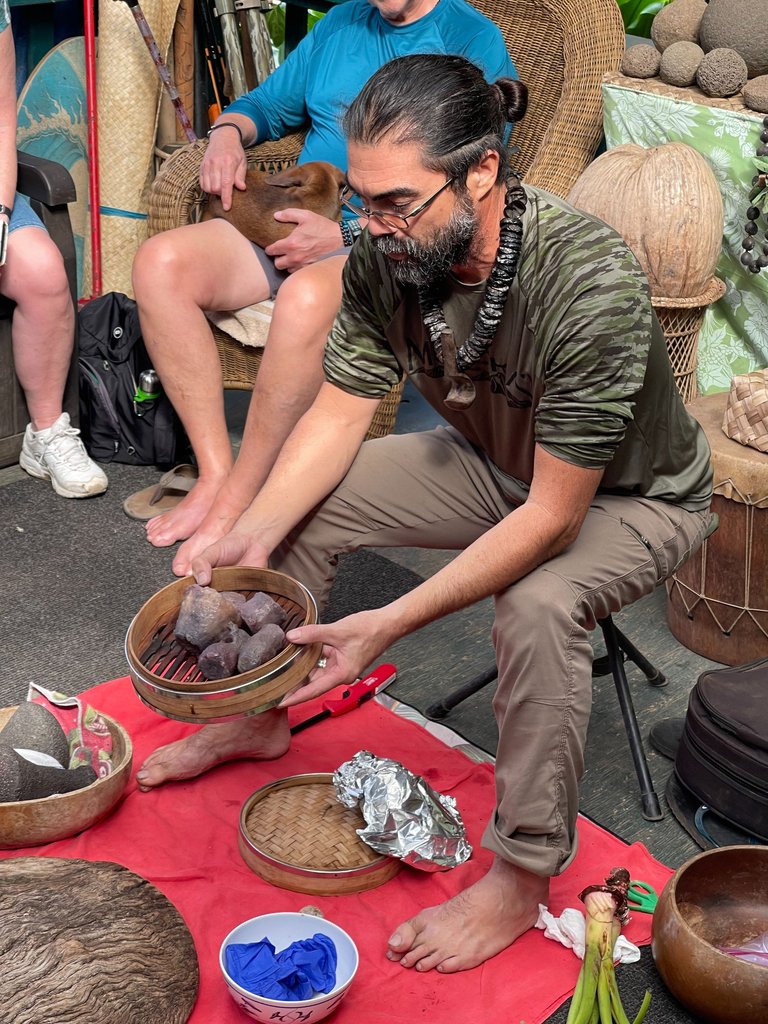
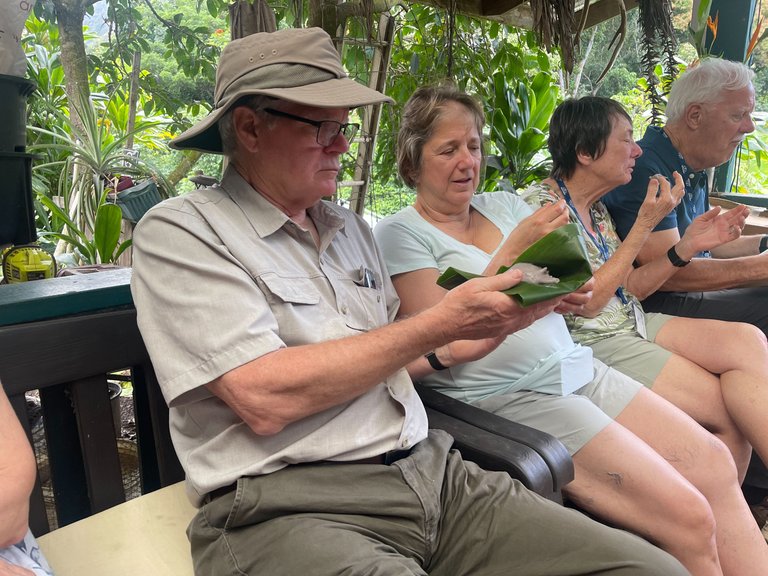
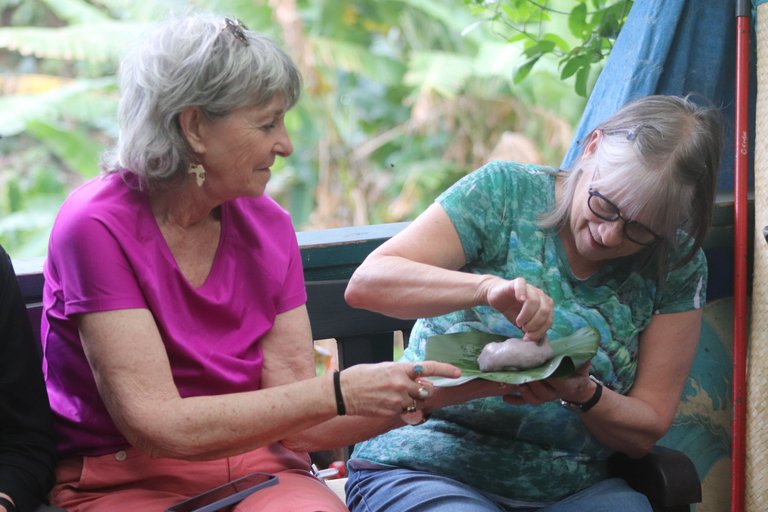
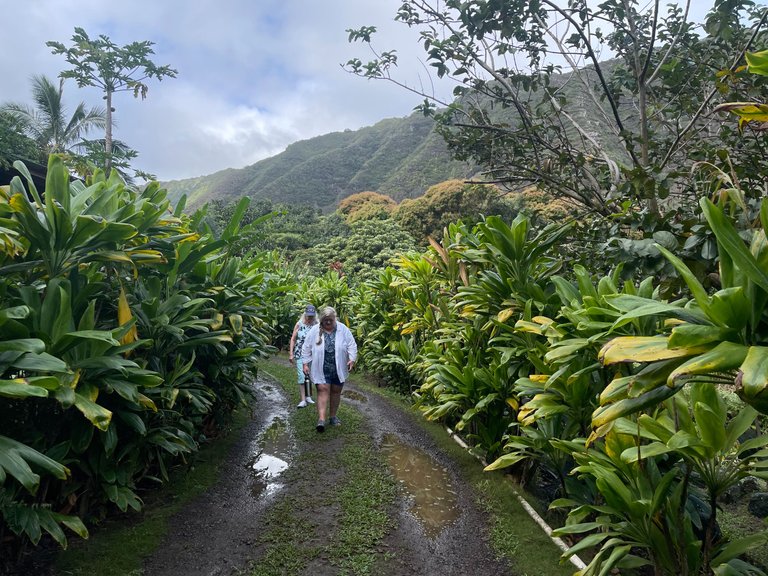
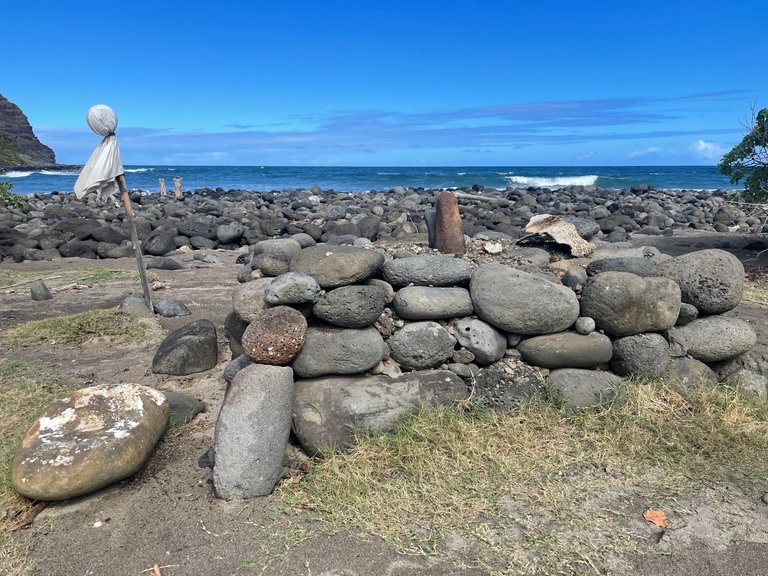
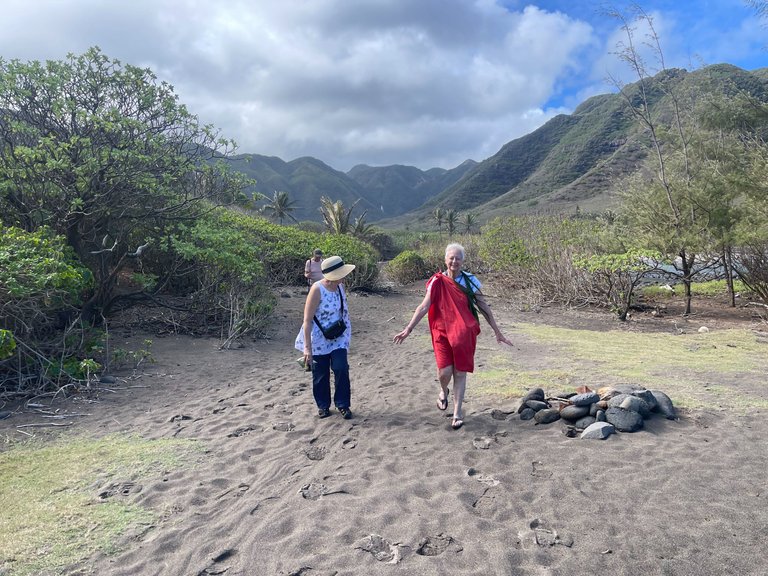
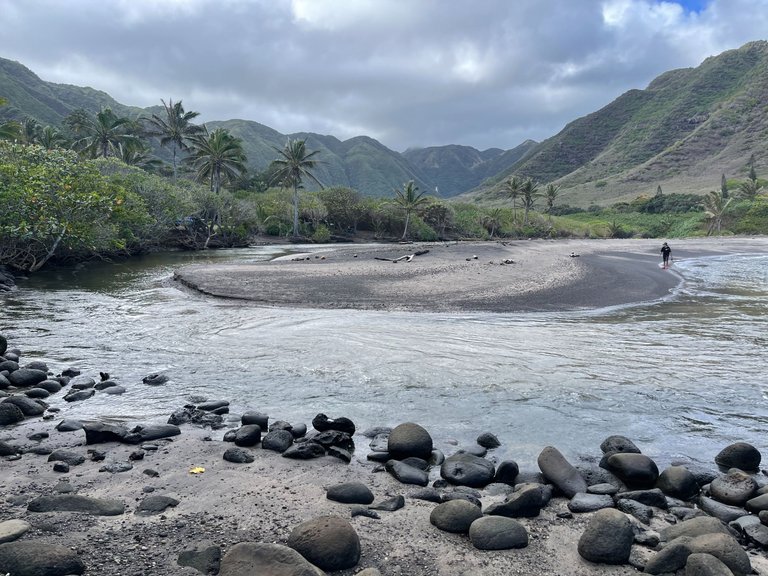
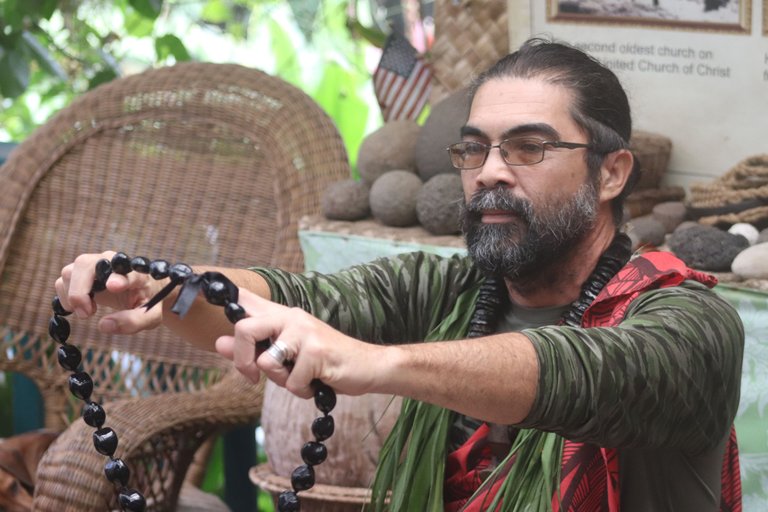
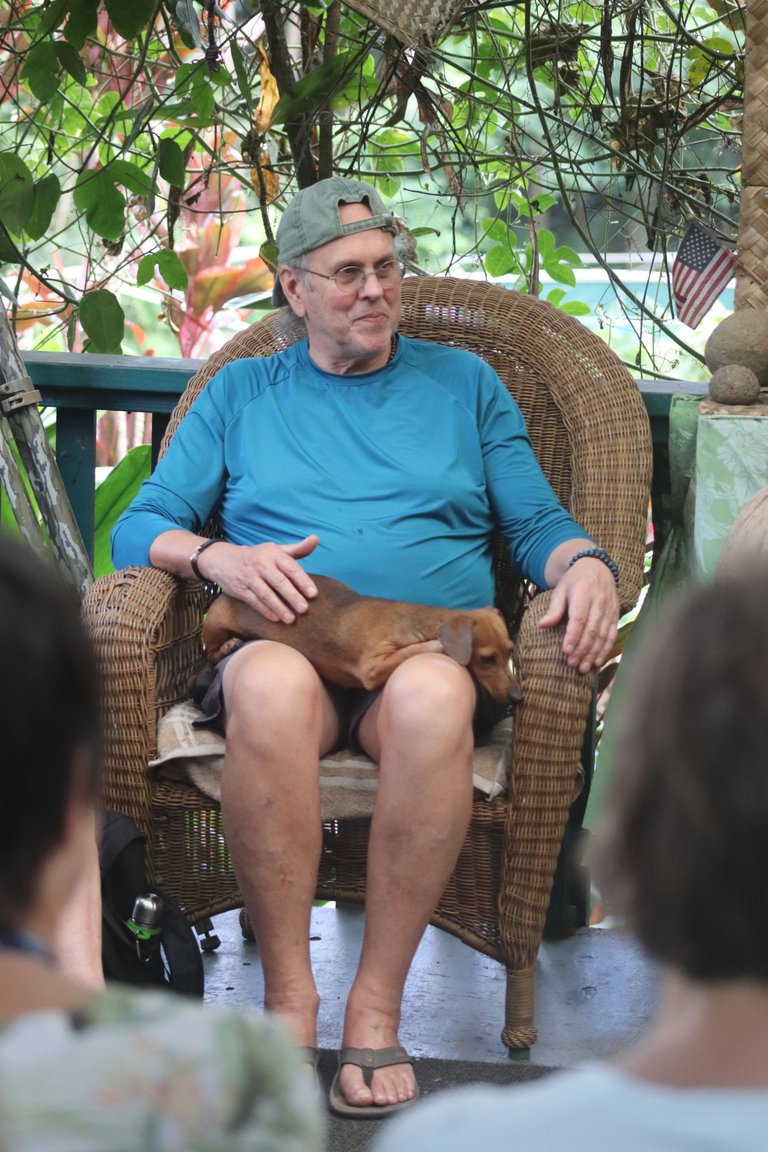
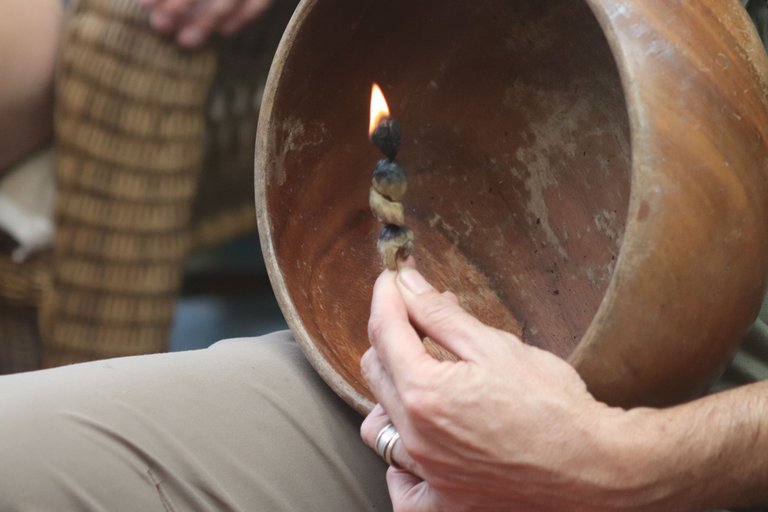
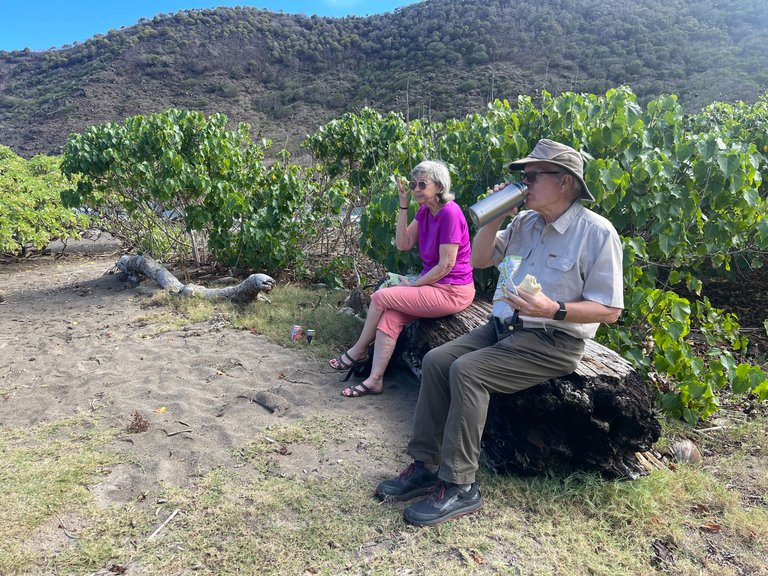
You can check out this post and your own profile on the map. Be part of the Worldmappin Community and join our Discord Channel to get in touch with other travelers, ask questions or just be updated on our latest features.
What a beautiful natural view, my brother.
Thanks Riyat. It was a beautiful place to visit.
Look at some very beautiful pictures my friend
I saw the beauty of nature that was so incredibly beautiful, it made me really really enjoy it ❤️
Glad you enjoyed coming along for the ride!
Travel Digest #2440.
Become part of our travel community:
- Join our Discord
Hiya, @glecerioberto here, just swinging by to let you know that this post made it into our Honorable Mentions in Your post has been manually curated by the @worldmappin team. If you like what we're doing, please drop by to check out all the rest of today's great posts and consider supporting other authors like yourself and us so we can keep the project going!This air area really has a nature with an amazing view. Nice to see these pictures
Thanks, and I'm glad you enjoyed!